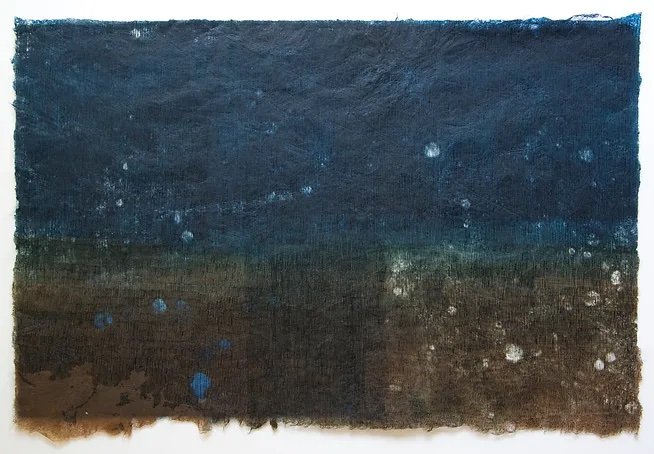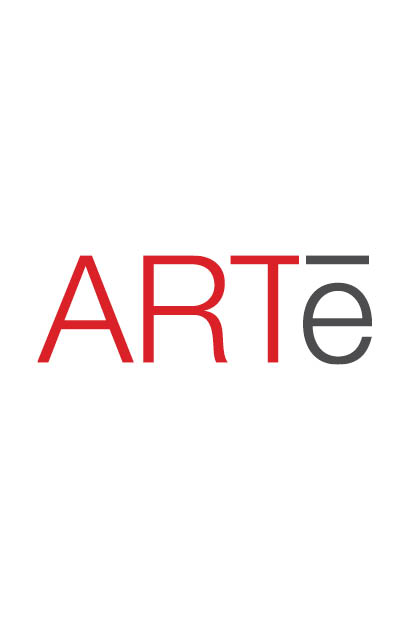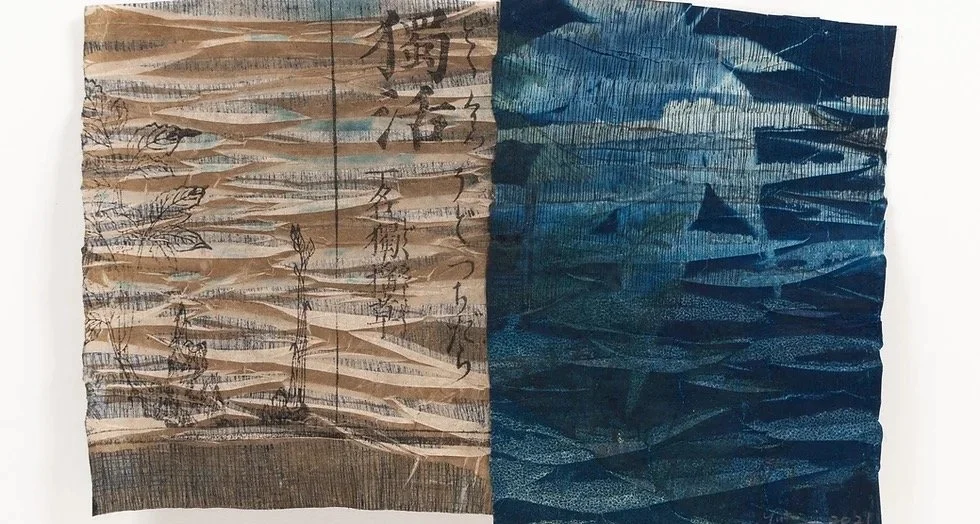Margaret Yuko Kimura • American (B: 1968)
Raindrops C: 2019 • Etching and monotype on handmade kobo (mulberry) paper
Yuko Kimura stands on the shoulders of two women. Her grandmother, Tei, gave her a family history and a pile of her old sewing patterns. Her mother, Tomoko, gave her Cleveland.
Tei’s life was different than she must have imagined when she first left her country home in northern Japan for city life in cosmopolitan, pre-war Tokyo. After the war there were searing scars in everything. With money tight, she began sewing clothes for her family. Bits of old kimonos and fabric were always scattered across the wooden floors of her city flat. Her tall athletic body bent while carefully measuring every family member from husband to child leaving hand drawn patterns neatly piled on the table.
And so Tei made new clothes from old scraps of fabric. A new life in a city sweeping away war memories. A new family complete with a talented daughter, Tomoko, who earned a scholarship to the Cleveland Institute of Art, a welcome escape from the poverty of post-war Japan.
In Cleveland, Tomoko found two people important to her future. Toshiko Takaezu and Nobuyuki Kimura. Takaezu became her artistic mentor. Kimura became her husband.
Daughter, Yuko, soon joined the family. After a brief stay in San Francisco, the Kimuras returned to Japan where Mr. Kimura worked for a company selling merchandise featuring the popular Peanuts cartoon characters drawn by Charles Schulz.
Growing up in Japan, young Yuko listened to her mother’s stories of far away Cleveland and the way Toshiko Takaezu cooked for her students. She marveled at the art in children’s books, especially those by Mitsumasa Anno, and eventually decided to become an artist, herself. When the time came, Yuko found herself at the Cleveland Institute of Art retracing many of her mother’s old steps and making them her own. Something new from something old.
(story continues below break)

















